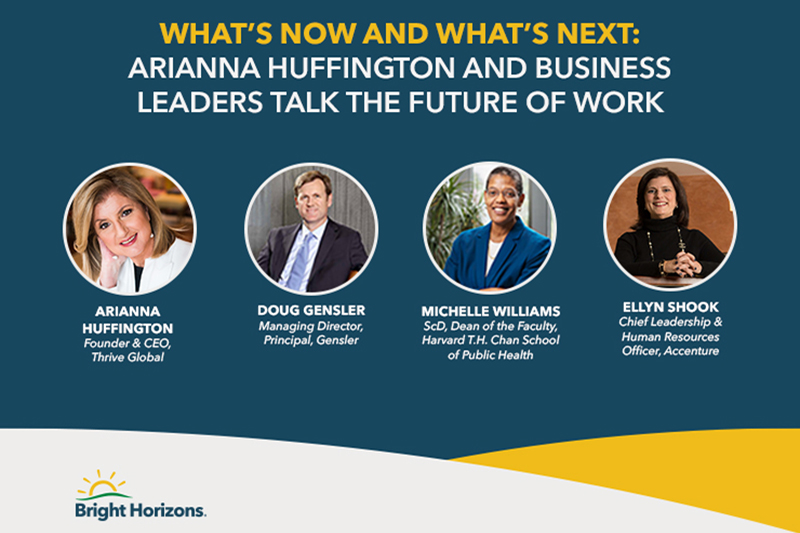Last year, months into COVID lockdowns, working parents responded to our Modern Family Index (MFI) and told us how they were doing.
Not surprisingly, they weren’t doing especially well.
Torpedoed routines had upended workdays. School closures piled the job of “teacher” onto already packed schedules. Lockdowns robbed parents of the “villages” they counted on for support. A year hunkered down at home had morphed concerns from the straight-forward mechanics of fitting together work and family life, to more philosophical fears about children’s mental health, their social skills, and whether grownup worries were creating kid-sized versions of mental loads.
Perhaps most concerning were questions about whether children would be able to make this time up, or worse -- whether they’d recognize a normal childhood at all.
“A generation forever changed,” read the MFI report, “with real fears about the pandemic’s lasting legacy.”
A year-plus later, reopened schools and resumed playdates have provided some relief, if not quite normalcy. But true to parents’ fears, the real-life impacts of those earlier concerns are starting to play out. Last month, the Boston Globe reported on first graders who missed out on the kindergarten experiences they so desperately needed to thrive as gradeschoolers. “We had to teach them how to sit on the rug, how to play games with each other,” said one teacher. Older kids weren’t faring much better, with Harvard detailing social and emotional impacts, and McKinsey showing stark effects of unfinished learning on school. “Analysis shows that the impact of the pandemic on K–12 student learning was significant,” reads the McKinsey report, “leaving students on average five months behind in mathematics and four months behind in reading.” Not surprisingly, parents are worried, and many are considering their options. At a time when every hire is precious, women continue to stream out of the workforce, with evidence pointing to concerns about school and families as drivers. “I walked away from a salary job,” one mom told AP, “so ultimately I could be present with my kids.”
Such decisions are reflected in women’s exits – 300 thousand in September of this year alone. And they don’t bode well for organizations. As the economy wrestles with recovery, quits continued at record highs in September, and open positions, according to the Bureau of Labor Statistics October survey, are unchanged at 10-million-plus. Idling outside of the workforce, working mothers have emerged as a particularly valuable and influential group, begging a question about the future: if this half of the workforce continues to sit it out, what does that mean for employers’ fortunes?
It throws a huge challenge to employers about how to be the company that makes parenting and working possible. Here too, MFI responses offer clues – many parents talking loudly about flexibility, academic help for kids, and perhaps most pressingly, child care. The latter is echoed by report after report showing child care a major obstacle not just to recovery, but innovation as well. “The loss of child care,” wrote Fortune, “specifically drove out college-educated moms with a bachelor’s degree or more advanced degree.”
If there was a bright spot in the last year, it was that it brought parents’ longstanding conflicts screaming out into the open. “It’s impossible to hide what has always been true,” wrote the New York Times early in the pandemic. “Raising children is a round-the-clock responsibility.” Even as the specific challenges and concerns continue to evolve, the baseline of what parents need – and what it will take to bring working women back – is here to stay. “After a monumental year of going it alone,” concludes the MFI report, “working parents have especially high expectations.”





